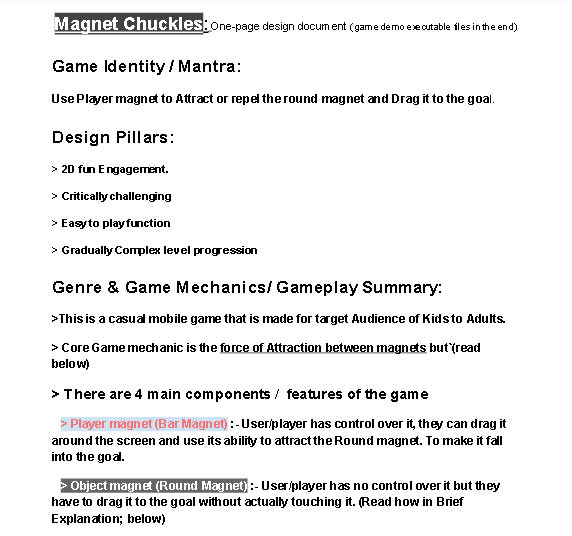CCCam HD Insights
Stay updated with the latest in streaming and tech.
Gamify Your Game: Unleashing Player Engagement Mechanics
Discover game-changing strategies to boost player engagement! Unleash innovative mechanics that transform your gaming experience today!
Top 5 Player Engagement Mechanics to Enhance Your Game Design
Player engagement is crucial in game design, as it determines how immersive and enjoyable the experience is for players. To enhance your game's overall engagement, it's essential to implement effective mechanics that keep players invested. One of the top player engagement mechanics is progression systems. By allowing players to level up, earn rewards, and unlock new content, you create a sense of achievement that keeps them returning for more.
Another impactful mechanic is social interaction. Incorporating features such as in-game chat, cooperative missions, and competitive leaderboards fosters a community among players, enhancing their connection to the game. Additionally, dynamics of choice, where players can make meaningful decisions that affect the game's outcome, provides a layer of personal investment that deepens engagement. These mechanics, along with dynamic storytelling and feedback loops, can significantly enhance your game design, ensuring that players remain engaged and entertained for longer periods.

Counter-Strike is a highly competitive first-person shooter game that pits teams of terrorists against counter-terrorists in various objective-based scenarios. Players can engage in intense matches where strategy, teamwork, and individual skill are crucial for victory. For those looking to enhance their gaming experience, consider checking out the duelbits promo code for great deals on in-game items and resources.
How to Use Rewards and Incentives to Increase Player Retention
In the competitive landscape of online gaming, rewards and incentives play a crucial role in enhancing player retention. By implementing tiered reward systems, developers can create a sense of progression that keeps players engaged. For instance, consider offering players exclusive in-game items or currency as they reach certain milestones. This type of structured reward encourages players to invest more time and effort into the game, as they feel recognized and valued for their commitment.
Additionally, integrating time-limited incentives can further boost player retention rates. By utilizing special events or seasonal promotions, players are motivated to return to the game to take advantage of these exclusive offers. For example, you could run a challenge that rewards players with rare items for completing specific tasks within a limited timeframe. This sense of urgency not only increases player engagement but also fosters a community around your game, encouraging players to invite friends to join and participate.
What Makes a Game Truly Addictive? Unlocking the Secrets of Player Engagement
To understand what makes a game truly addictive, we need to explore several psychological elements that keep players engaged. One primary factor is the reward system. Games that provide immediate gratification through points, levels, or in-game achievements create a compelling feedback loop, encouraging players to continue playing. Moreover, incorporating elements of uncertainty, such as loot boxes or surprise rewards, can enhance this engagement by tapping into the brain's pleasure centers. Players often find themselves returning to the game, driven not just by the desire for achievement, but also by the thrill of the unknown.
Another critical aspect of addictive games is the element of social interaction. Whether it’s competing against friends or collaborating with teammates, games that foster a sense of community or rivalry can significantly boost player engagement. For instance, multiplayer modes and leaderboards create a competitive environment that motivates players to improve their skills. Additionally, the incorporation of narrative elements allows players to become emotionally invested in the game, making them more likely to return. Therefore, blending reward mechanics with social features and a captivating storyline can unlock the secrets of player engagement and make a game genuinely addictive.